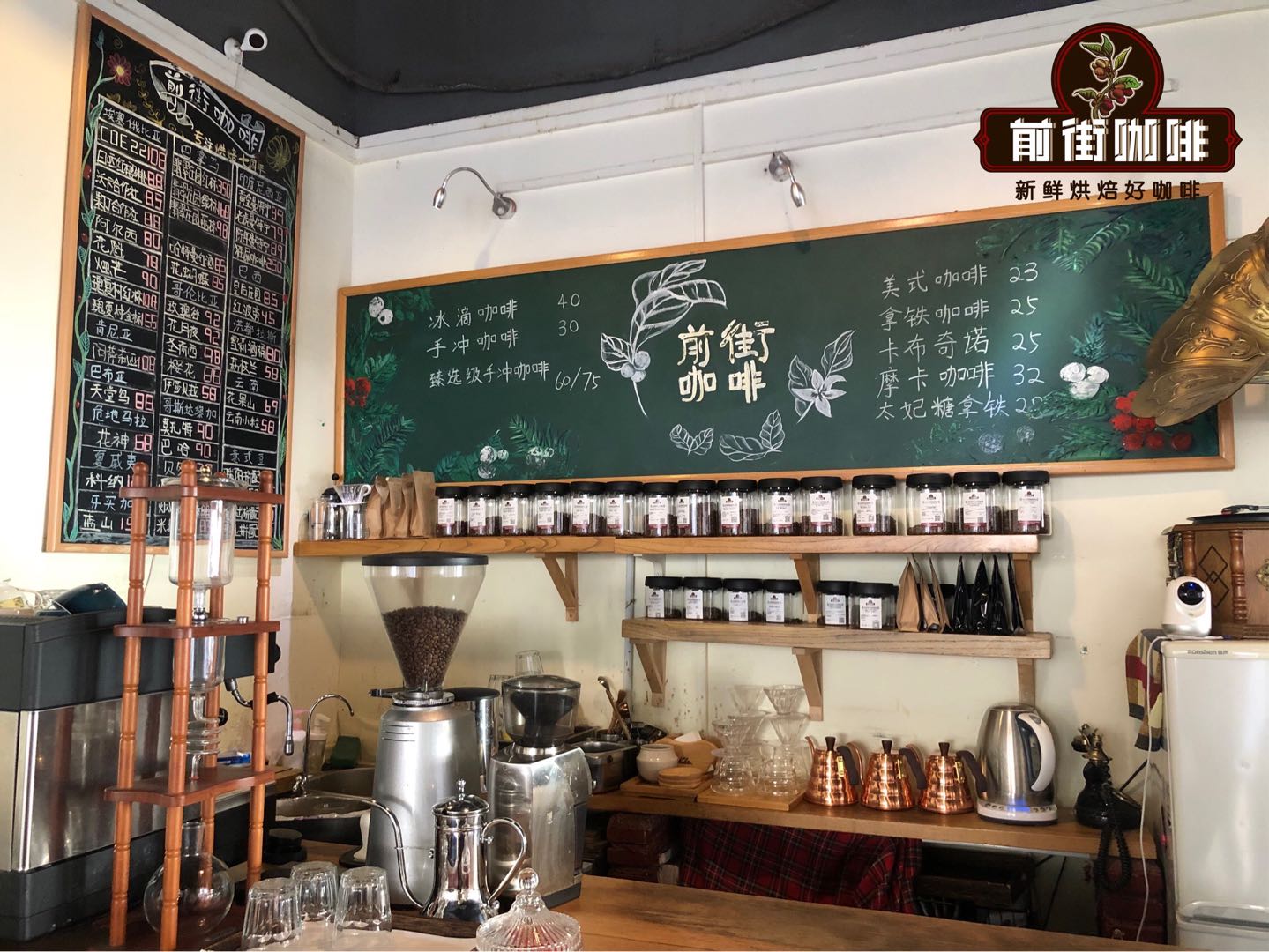Aromatic Burundi Coffee Estate Introduction Jackson Bourbon Variety
Beginning in the late 1980s, Cameroon's coffee production declined, from 1.8 million bags of robert coffee in 1987 to 1.1 million bags in 1990, and from 400,000 bags to 200,000 bags of arabica coffee in the same period. Now, thanks to tighter regulation by the National Coffee Supervisory Agency, coffee production and quality may be picking up--dark roast beans suitable for espresso.
Arabica coffee trees were first cultivated in Cameroon in 1913 as Blue Mountain coffee from Jamaica, but the country also produces robert coffee in large quantities. The quality and characteristics of Cameroon coffee are comparable to those of South American coffee. The best coffee in the country comes from Bamileke and Bamoun in the north-west. Here, it grows giant beans and bean-shaped berries, aromatic, mild coffee from war-torn areas.
Burundi has one of the most diverse and successful coffee industries in the world, and it has its own characteristics. Coffee was introduced to the country by Belgian colonists in 1930 and is now grown only on small farms. Unfortunately, many of these farms are located on the border with war-torn Rwanda, putting pressure on coffee production. Coffee produced in Burundi is almost exclusively Arabica beans, while coffee trees in Ngozi are grown at more than 1200 meters above sea level. Burundi's coffee is aromatic and has excellent acidity. Most of the products are exported to the United States, Germany, Finland and Japan

Important Notice :
前街咖啡 FrontStreet Coffee has moved to new addredd:
FrontStreet Coffee Address: 315,Donghua East Road,GuangZhou
Tel:020 38364473
- Prev

Introduction to the flavor of Ugandan coffee treated by washing method can Ugandan coffee be used for blending
Origin: East African processing methods: washing roasting grade: deep city + roasting suggestion: siphon pot / espresso coffee characteristics: rich aroma, well-balanced acidity, with lively and interesting fruit flavor with food: lemon cheesecake / citrus muffins / wild berry cheese related information: Uganda introduced Arabica coffee trees in 1900, while the northern Bugi
- Next

The blending principle the blending formula of Italian coffee introduces the blending method of fine coffee.
This kind of roasting is also related to the birthplace of Espresso. Espresso is a coffee extraction method that originated in Italy. At the end of the 19th century and the beginning of the 20th century, that is, when the Espresso extraction method was born, Italy was not a rich country in Europe. Due to its own economic strength, the popular coffee quality in Italy was not good, and most of them drank inferior Robusta coffee.
Related
- Guji coffee producing area of Guji, Ethiopia: Humbela, Shakiso, Wulaga
- What is the most expensive variety of Qiloso in BOP multi-variety group?
- How to store the coffee beans bought home?
- Why are Yemeni coffee beans so rare now?
- Ethiopian Sidamo all Red Fruit Sun Sun Santa Vini Coffee beans
- SOE is mostly sour? What does it mean? Is it a single bean? what's the difference between it and Italian blending?
- Is Italian coffee beans suitable for making hand-brewed coffee?
- How to choose coffee beans when making cold coffee? What kind of coffee beans are suitable for making cold coffee?
- Just entered the pit to make coffee, what kind of coffee beans should be chosen?
- Can only Japan buy real Blue Mountain Coffee? What are authentic Jamaican Blue Mountain coffee beans?

